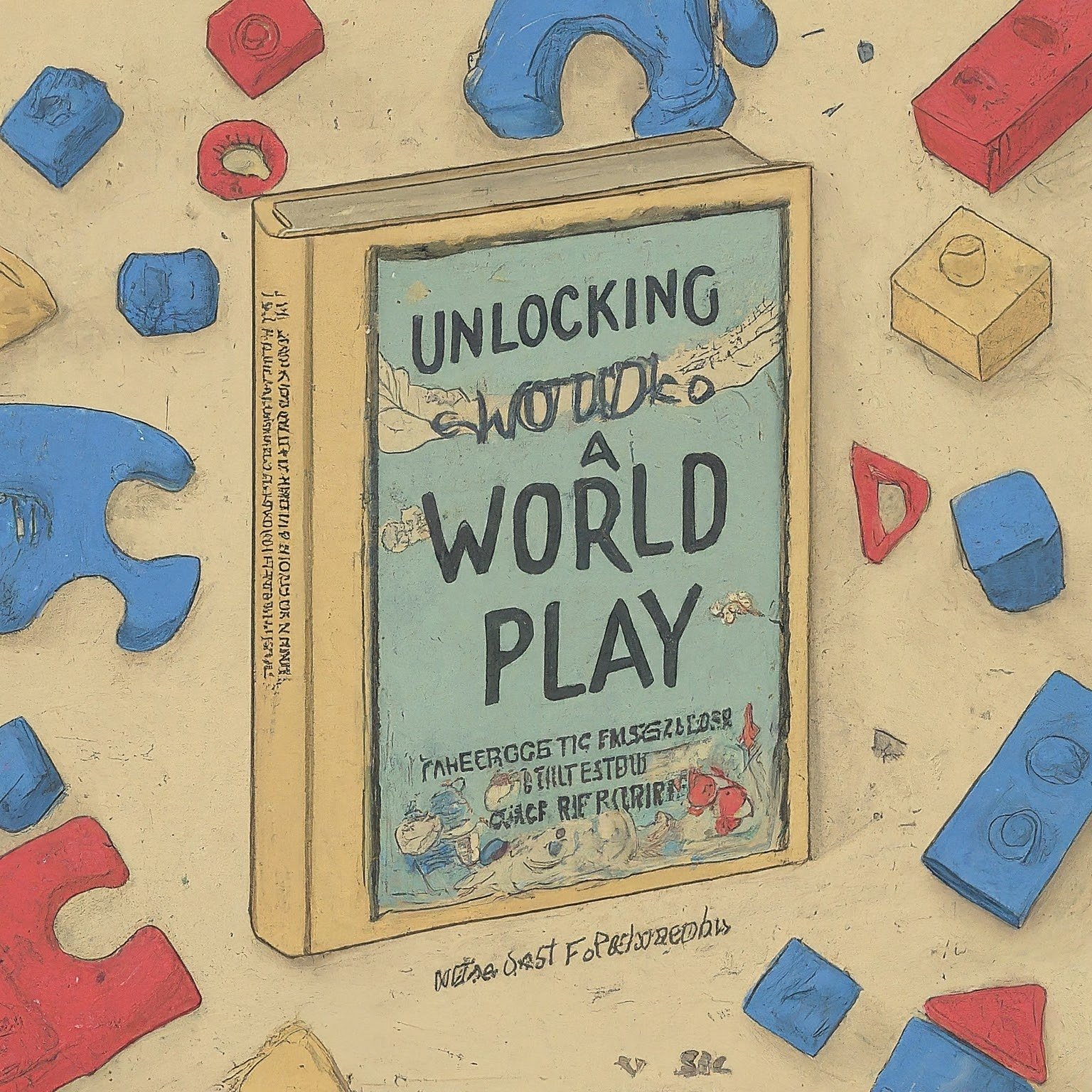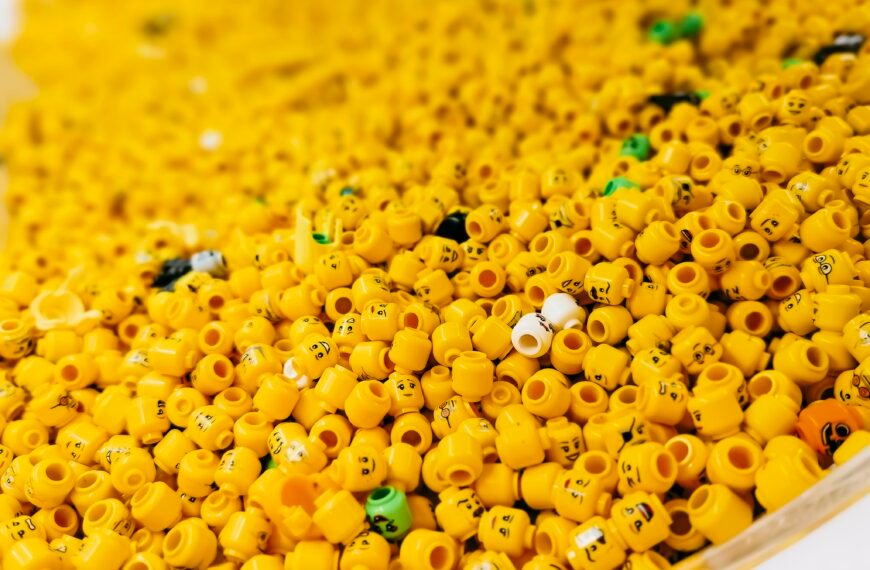Key Points: A Summary of the Essential Insights
This comprehensive guide delves into the world of baby toys, exploring how they can be powerful tools for fostering a child’s development. We’ll uncover the secrets to choosing toys that stimulate senses, enhance motor skills, ignite cognitive growth, and nurture social-emotional connections.
Here’s a glimpse of what you’ll discover:
- Sensory Stimulation: Toys with diverse textures, shapes, and colors are crucial for brain development and help babies understand their surroundings. High-contrast toys are particularly beneficial for newborns, while musical mobiles and rattles stimulate hearing and encourage vocalization.
- Motor Skills Mastery: Toys that encourage movement, like push walkers and activity gyms, are essential for older babies learning to roll, sit, walk, and talk. Toys designed for tummy time and crawling support early motor development.
- Cognitive Growth and Problem-Solving: Shape sorters, stacking toys, and puzzles challenge babies to think and solve problems, fostering cognitive skills and spatial awareness. These toys also help babies recognize colors, shapes, and basic emotions.
- Social-Emotional Development: Mirrors, interactive toys, and soft dolls encourage interaction and emotional recognition, promoting social-emotional growth. These toys provide comfort and a sense of companionship.
- Safety First: Always prioritize age-appropriate and safe toys. Avoid small parts that could pose a choking hazard, especially for younger infants.
A Deeper Dive: Exploring the Benefits of Play

Sensory Stimulation: Awakening the Senses
Toys are like miniature sensory playgrounds, offering a rich tapestry of experiences that ignite a baby’s developing brain.
- Visual Stimulation: Toys with vibrant colors, contrasting patterns, and interesting shapes capture a baby’s attention and stimulate their visual development. Think high-contrast toys like the Wimmer-Ferguson Infant Stim-Mobile, which are specifically designed to engage newborns’ visual systems.
- Tactile Exploration: Toys with different textures, like soft fabrics, bumpy surfaces, and smooth plastics, encourage babies to explore their world through touch. The Bababall and Skwish Color Burst are excellent examples of toys that offer a variety of tactile experiences.
- Auditory Engagement: Musical mobiles, rattles, and toys that make sounds stimulate a baby’s hearing and encourage them to make sounds themselves. This auditory stimulation is crucial for language development.
Motor Skills Enhancement: Building Strength and Coordination
Toys can be powerful tools for helping babies develop their motor skills, from reaching and grasping to crawling and walking.
- Early Motor Development: Toys designed for tummy time, like the Fisher-Price Grow-With-Me-Tummy-Time Llama Baby Wedge, support a baby’s transition from lying on their back to sitting up. The Crawligator encourages crawling and strengthens leg muscles.
- Gross Motor Skills: Push walkers and activity gyms are ideal for older babies who are learning to walk and talk. These toys provide opportunities for exploration and movement, promoting balance and coordination.
- Fine Motor Skills: Toys that encourage reaching, grasping, and manipulating objects, like soft blocks and teethers, help babies develop fine motor skills. These skills are essential for later activities like writing and drawing.
Cognitive Growth and Problem-Solving: Sparking Curiosity and Imagination
Toys can be powerful tools for fostering cognitive development, helping babies learn about the world around them and develop problem-solving skills.
- Shape Recognition and Spatial Awareness: Shape sorters and stacking toys, like the Brilliant Bear Magnetic Stack-up and the Melissa & Doug Shape Sorting Cube, challenge babies to think about shapes, sizes, and spatial relationships. These toys also help babies develop hand-eye coordination.
- Color Recognition and Categorization: Toys that introduce different colors and patterns, like the KiwiCo Pop-Up Shape Sorter Puzzle and the Montessori Busy Board, help babies learn to recognize and categorize objects. These skills are essential for early literacy development.
- Problem-Solving and Critical Thinking: Toys that require babies to figure out how to make them work, like puzzles and simple games, encourage problem-solving and critical thinking skills. These skills are essential for success in school and life.
Social-Emotional Development: Nurturing Connections and Building Confidence
Toys can play a vital role in fostering a baby’s social-emotional development, encouraging interaction, emotional recognition, and a sense of security.
- Social Interaction and Emotional Recognition: Mirrors and interactive toys, like the Interactive Puppy Toy and the Montessori Tissue Box, encourage babies to focus on faces and engage in social interaction. These toys also help babies learn to recognize and express emotions.
- Comfort and Companionship: Soft dolls and stuffed animals, especially those that play music, provide comfort and a sense of companionship for babies. These toys can help babies feel safe and secure, especially during transitions or times of stress.
- Developing Self-Awareness: Toys that encourage babies to explore their own bodies, like mirrors and soft toys, help them develop self-awareness and a sense of identity. This self-awareness is essential for healthy social and emotional development.
Safety First: Choosing Toys That Are Safe and Age-Appropriate
When selecting toys for a baby, safety should always be the top priority. Here are some essential guidelines to keep in mind:
- Age Appropriateness: Choose toys that are designed for the baby’s age and developmental stage. Avoid toys with small parts that could pose a choking hazard, especially for infants under 12 months.
- Material Safety: Look for toys made from non-toxic materials that are free of lead, phthalates, and other harmful chemicals. Choose toys that are durable and well-constructed to prevent breakage and potential hazards.
- Supervision and Monitoring: Always supervise babies when they are playing with toys, especially those with small parts or moving parts. Be aware of potential choking hazards and keep toys out of reach when not in use.
Recommendations for Different Stages of Development

Here are some specific toy recommendations for different stages of a baby’s development:
Newborns (0-3 Months)
- High-contrast toys: These toys help stimulate a newborn’s visual system.
- Soft rattles: Rattles provide auditory stimulation and encourage babies to explore their world through touch.
- Musical mobiles: Mobiles can help soothe and entertain newborns, while also stimulating their hearing.
Infants (4-7 Months)
- Teethers: Teethers help soothe sore gums during teething.
- Soft blocks: Blocks encourage reaching, grasping, and stacking, promoting fine motor skills.
- Toys that encourage reaching and grasping: These toys help babies develop hand-eye coordination and strengthen their muscles.
Older Babies (8-12 Months)
- Push walkers: Push walkers help babies learn to walk and develop balance and coordination.
- Shape sorters: Shape sorters challenge babies to think about shapes and sizes, fostering cognitive development.
- Toys that promote crawling and standing: These toys encourage movement and exploration, promoting gross motor skills.
Conclusion: The Power of Play in Shaping a Baby’s Future
Choosing the right toys for a new baby is an investment in their future. By selecting toys that stimulate senses, enhance motor skills, ignite cognitive growth, and nurture social-emotional connections, parents and caregivers can create a stimulating environment that fosters a baby’s development. Remember to prioritize safety and age-appropriateness, and always supervise babies when they are playing with toys.
This guide has provided a comprehensive overview of the best toys for new babies, offering insights into the benefits of play and the importance of choosing toys that are both engaging and developmentally appropriate. By understanding the power of play, parents and caregivers can help their babies reach their full potential and embark on a journey of lifelong learning and growth.













